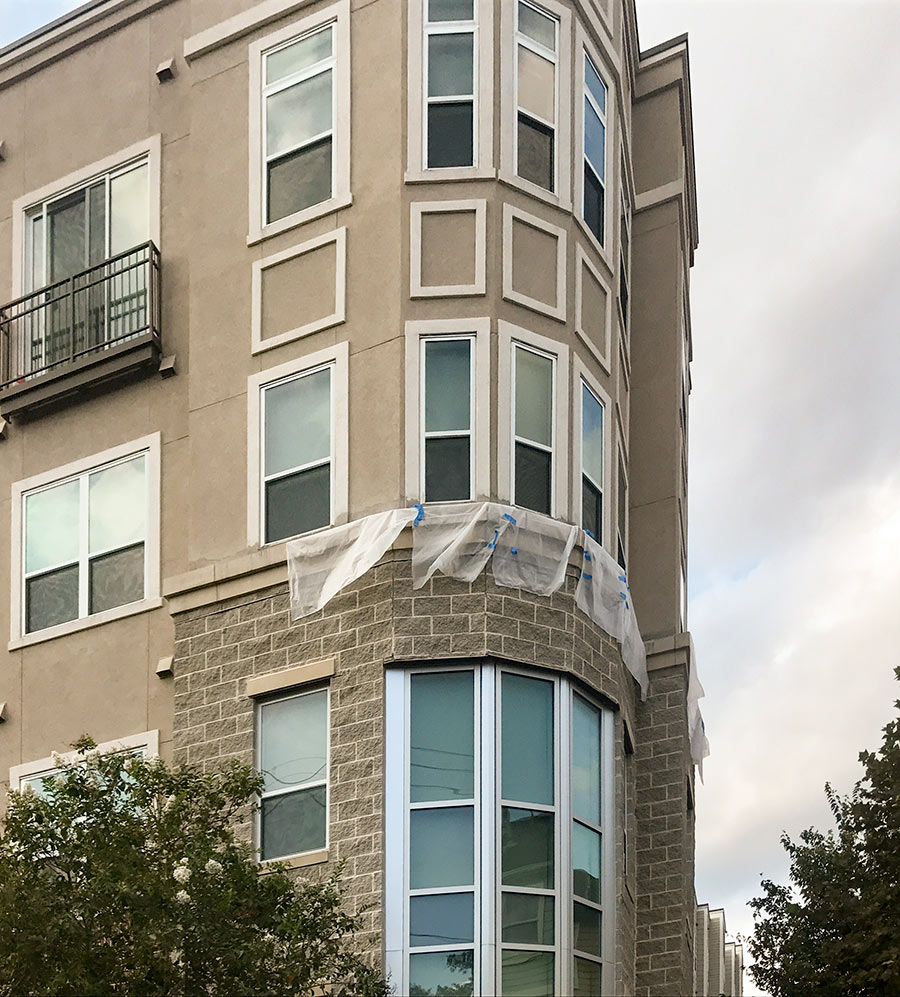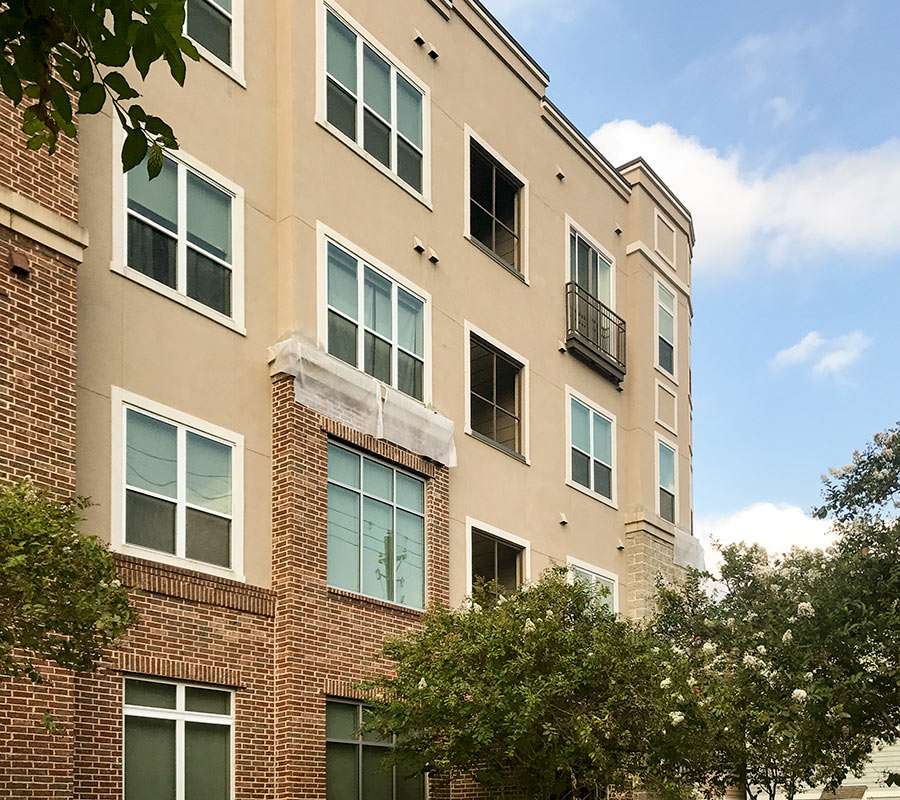
 Continuing arrangements set up for the Jewish New Year last week, families from the nation’s largest Conservative synagogue will assemble this evening and all day tomorrow for Yom Kippur services at the nation’s largest megachurch. Congregation Beth Yeshurun’s own facilities have been unusable since the synagogue on Beechnut St. — on the other side of the West Loop from Meyerland Plaza — took on as much as 4 ft. of water after Hurricane Harvey.
Continuing arrangements set up for the Jewish New Year last week, families from the nation’s largest Conservative synagogue will assemble this evening and all day tomorrow for Yom Kippur services at the nation’s largest megachurch. Congregation Beth Yeshurun’s own facilities have been unusable since the synagogue on Beechnut St. — on the other side of the West Loop from Meyerland Plaza — took on as much as 4 ft. of water after Hurricane Harvey.
The interfaith arrangement was brokered initially by Congressman John Culberson. After receiving extensive criticism for not opening its doors to flooding victims immediately following the first Harvey storms, Joel Osteen’s Lakewood Church eventually served as a shelter for as many as 450 evacuees. For Rosh Hashanah services last week, Lakewood arranged for a rotating slide show of 40 high-resolution photos depicting portions of Beth Yeshurun’s damaged sanctuaries to be displayed on the 24-ft.-by-12-ft. Jumbotron behind the stage of the 16,800-seat former Houston Rockets basketball arena in Greenway Plaza.
- Lakewood Church to host Beth Yeshurun for High Holy Days [Jewish Herald-Voice]
- Church transformed into synagogue for HHD [Jewish Herald-Voice]
- You Won’t Believe What Joel Osteen’s Lakewood Church Is Doing Now [Charisma News]
- Jewish congregation to worship at Lakewood Church for High Holidays [KHOU]
- Joel Osteen Opens His Church to Jewish Congregation for High Holidays After Synagogue Flooded by Harvey [Newsweek]
- Previously on Swamplot: Real Estate Works In Mysterious Ways: Houston Agrees To Sell Lakewood Church to Lakewood Church;Â Real Estate Lessons from Joel Osteen and Lakewood Church: It Is Better To Lease, Then To Buy; Lakewood Church Now Offers Drive-Thru Service; Your Best Deal Now: Will Lakewood Buy Its Own Church?
Photos of Rosh Hashanah services in Lakewood Church, in front of projected image of stained glass from a Beth Yeshurun sanctuary: Lakewood Church


 “We live in a house close to 99 in Katy. We have lived in this area for most of the last 10 years — in two different houses. I can tell you that each time we bought there was no mention, that I recall, of being inside of a potential bowl of water from the Barker reservoir. Nor were we mandated by mortgage companies to require flood insurance. We are MILES from the dam itself and never considered it. None of our neighbors did. Imagine our shock to wake up days after the storm to suddenly learn we were in a mandatory evacuation zone. Fortunately our house was far enough west, and high enough, that we didn’t take any damage. Many of our friends and neighbors weren’t so lucky. As we eventually learned, hardly anyone had flood insurance. We didn’t. It’s not that we weren’t in a 100 year flood plain, I don’t think we’re in the 500 year either. I have since purchased flood insurance (Fool me once, etc).
But I do think there is a case to be made against some agencies. What we’re learning now about lack of prudence between developers, ACOE, and Fort Bend County seems to be at least a little suspect. Some of these neighborhoods perhaps should have never been built. Additionally, the flood zone maps seem woefully out of date and do not take into account the further upstream development.
I get it — many people are going to point the finger at the homeowner and either their lack of planning or insurance. Fair point. But this event caught a lot of people off guard and I believe exposed a lot of problems that still need to be addressed.” [
“We live in a house close to 99 in Katy. We have lived in this area for most of the last 10 years — in two different houses. I can tell you that each time we bought there was no mention, that I recall, of being inside of a potential bowl of water from the Barker reservoir. Nor were we mandated by mortgage companies to require flood insurance. We are MILES from the dam itself and never considered it. None of our neighbors did. Imagine our shock to wake up days after the storm to suddenly learn we were in a mandatory evacuation zone. Fortunately our house was far enough west, and high enough, that we didn’t take any damage. Many of our friends and neighbors weren’t so lucky. As we eventually learned, hardly anyone had flood insurance. We didn’t. It’s not that we weren’t in a 100 year flood plain, I don’t think we’re in the 500 year either. I have since purchased flood insurance (Fool me once, etc).
But I do think there is a case to be made against some agencies. What we’re learning now about lack of prudence between developers, ACOE, and Fort Bend County seems to be at least a little suspect. Some of these neighborhoods perhaps should have never been built. Additionally, the flood zone maps seem woefully out of date and do not take into account the further upstream development.
I get it — many people are going to point the finger at the homeowner and either their lack of planning or insurance. Fair point. But this event caught a lot of people off guard and I believe exposed a lot of problems that still need to be addressed.” [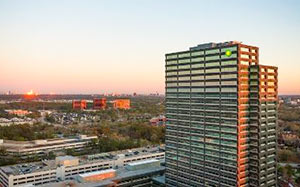
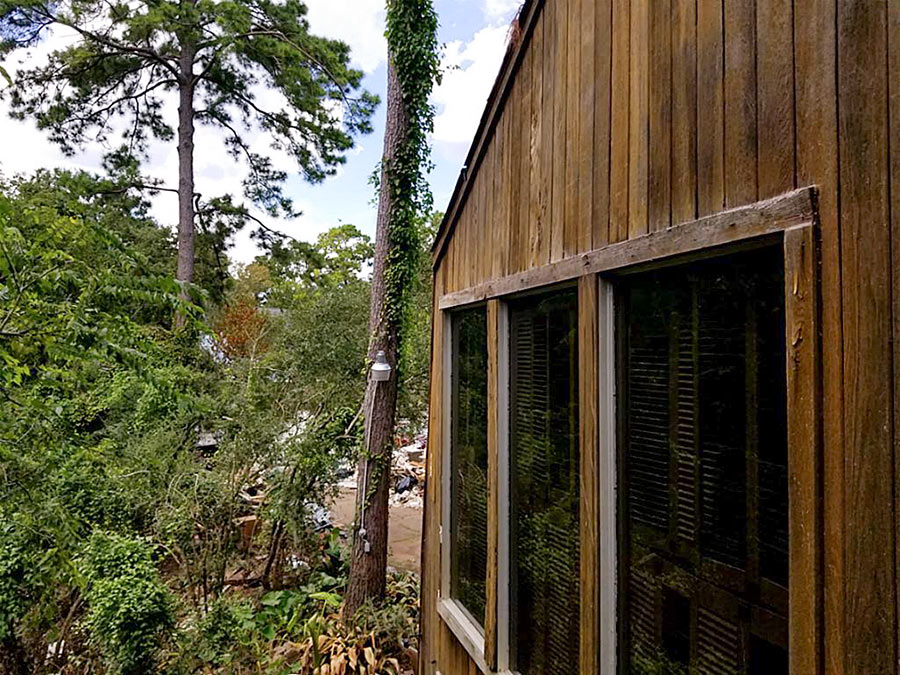 From the new listing for 302 Hickory Post Ln., posted yesterday: “Build your dream home here!
From the new listing for 302 Hickory Post Ln., posted yesterday: “Build your dream home here! 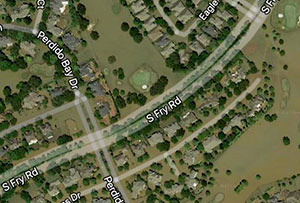 “Google Maps has outed us as a city that floods,” laments meteorologist Brooks Garner, giving voice to would-be sellers of flooded homes worried that recent soggy aerial views will remain in the mapping system for years: “It should be said that legally, home owners must disclose if their home has ever flooded (or even if their property has flooded, while their actual house stayed dry). While that’s defeating enough to have to do, words are less influencing to a buyer’s decision than seeing an actual image of the inundated neighborhood. It arguably gives the impression that the water is still that high. . . .
“Google Maps has outed us as a city that floods,” laments meteorologist Brooks Garner, giving voice to would-be sellers of flooded homes worried that recent soggy aerial views will remain in the mapping system for years: “It should be said that legally, home owners must disclose if their home has ever flooded (or even if their property has flooded, while their actual house stayed dry). While that’s defeating enough to have to do, words are less influencing to a buyer’s decision than seeing an actual image of the inundated neighborhood. It arguably gives the impression that the water is still that high. . . .  “I have flooded twice in my home, once with 1 in. and then again in 2015 with about 6 to 8 inches. We rebuilt higher, and didn’t flood in Harvey, but I still wonder if I did the right thing. Basically I can say flooded, raised, didn’t flood — perhaps that’s a better story? Or even a better story is not near a major bayou.” [
“I have flooded twice in my home, once with 1 in. and then again in 2015 with about 6 to 8 inches. We rebuilt higher, and didn’t flood in Harvey, but I still wonder if I did the right thing. Basically I can say flooded, raised, didn’t flood — perhaps that’s a better story? Or even a better story is not near a major bayou.” [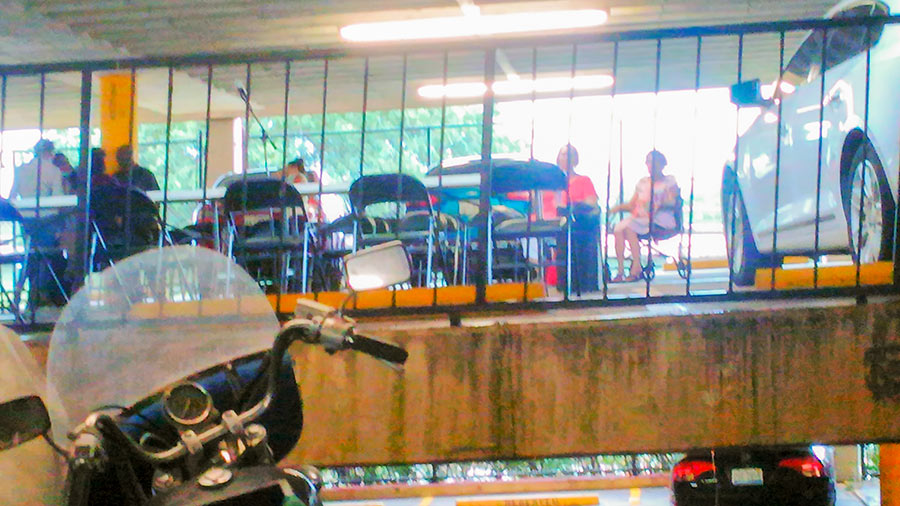
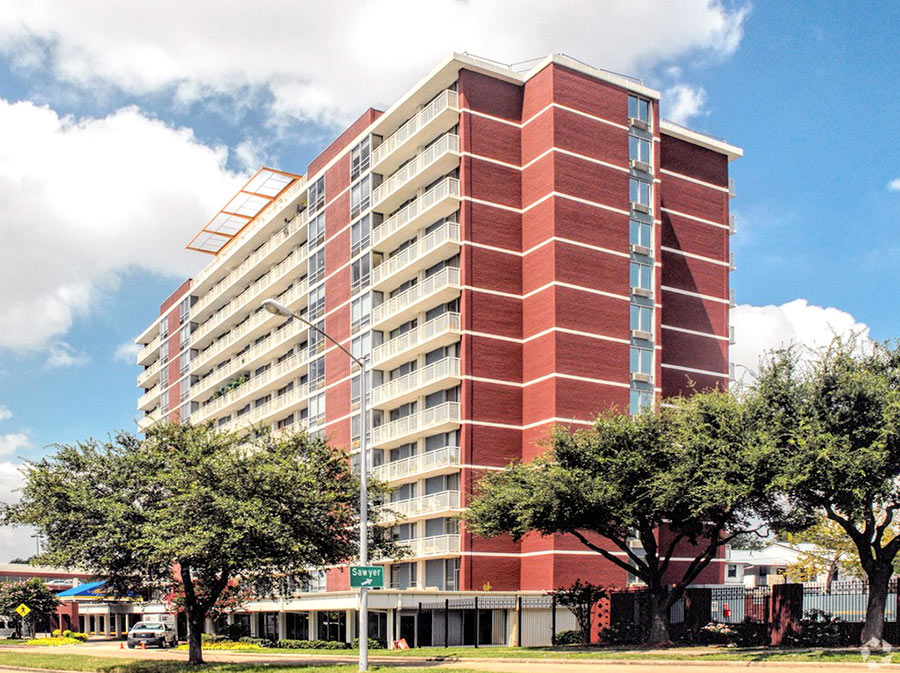
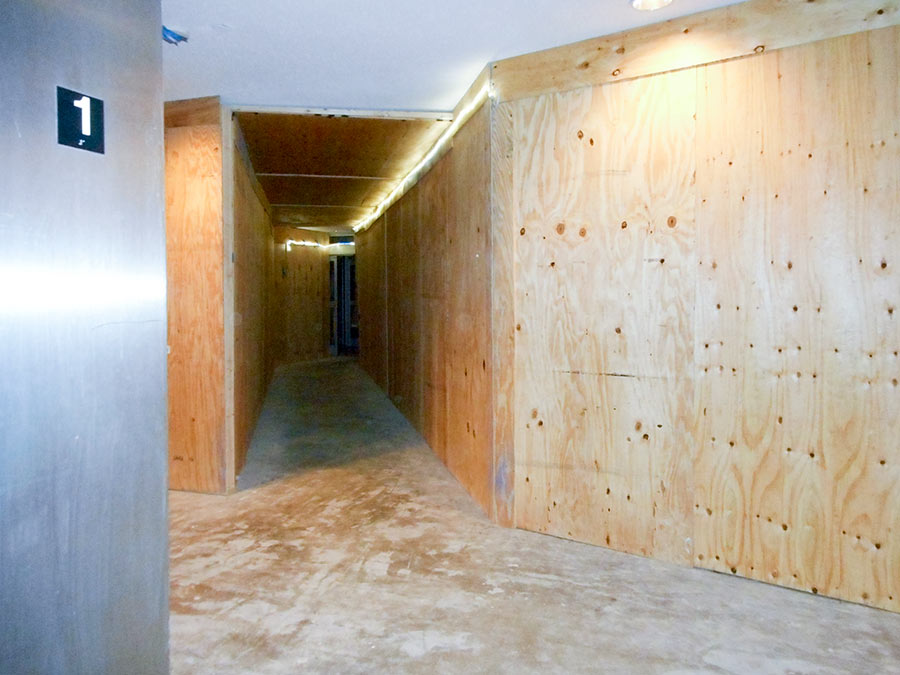
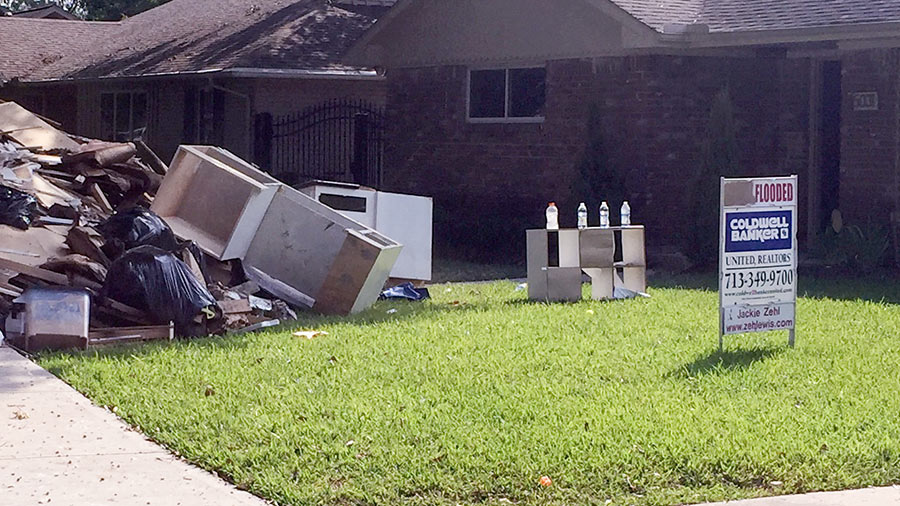
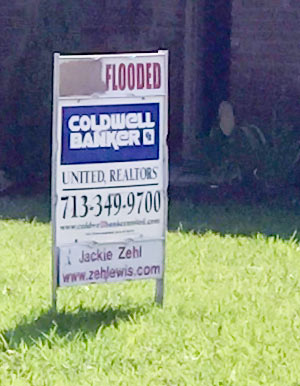
 Many of the flooding victims upstream of Addicks and Barker dams learned for the first time that their homes were inside government-designated reservoirs only after rains from Harvey flooded their neighborhoods, reports Naomi Martin. How had they come to live there? “The corps didn’t feel the need to acquire all the land at the time the reservoirs were built, [the Army Corps of Engineers’ Richard] Long said, because that land was nothing but rice farms and fields where cattle grazed. It didn’t stay that way. In 1997, developers came before Fort Bend County government for approval to put subdivisions on the pastures. Aware of the flood risk to the area, the county was in a bind. It didn’t have the authority to prohibit development or establish zoning rules, said County Judge Robert Hebert, who has been in office since 2003.
Many of the flooding victims upstream of Addicks and Barker dams learned for the first time that their homes were inside government-designated reservoirs only after rains from Harvey flooded their neighborhoods, reports Naomi Martin. How had they come to live there? “The corps didn’t feel the need to acquire all the land at the time the reservoirs were built, [the Army Corps of Engineers’ Richard] Long said, because that land was nothing but rice farms and fields where cattle grazed. It didn’t stay that way. In 1997, developers came before Fort Bend County government for approval to put subdivisions on the pastures. Aware of the flood risk to the area, the county was in a bind. It didn’t have the authority to prohibit development or establish zoning rules, said County Judge Robert Hebert, who has been in office since 2003. 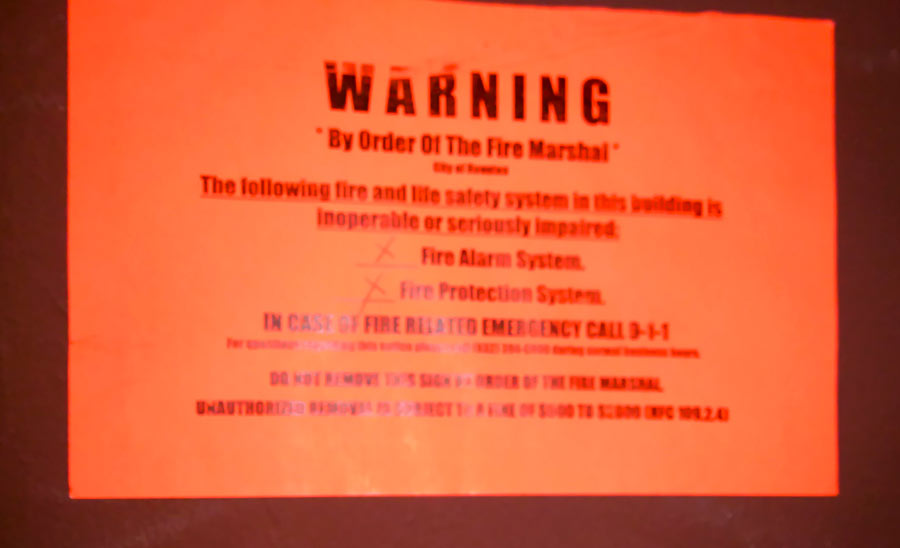 “This just brings into focus how landlord tenant law is totally inefficient when it comes to natural disasters. When a landlord cannot repair the leasehold in a timely manner, they have no choice but to terminate the leases. While it certainly makes sense that you would want to free people from having to pay rent on a residence that was not habitable, the unintended consequence is that people are uprooted from their community and scattered about the city with little chance of returning to their homes. Likewise, landlords are forced to empty out their premises and pray that they will be able to fill up their building once renovations are completed. Why not give the landlord the option to obtain temporary housing for tenants and keep the lease in place. When repairs are complete, the tenants can move back in without worrying about breaking a lease and do not have to compete with other tenants for space. Tenants could keep their address, which is very helpful for getting credit.” [
“This just brings into focus how landlord tenant law is totally inefficient when it comes to natural disasters. When a landlord cannot repair the leasehold in a timely manner, they have no choice but to terminate the leases. While it certainly makes sense that you would want to free people from having to pay rent on a residence that was not habitable, the unintended consequence is that people are uprooted from their community and scattered about the city with little chance of returning to their homes. Likewise, landlords are forced to empty out their premises and pray that they will be able to fill up their building once renovations are completed. Why not give the landlord the option to obtain temporary housing for tenants and keep the lease in place. When repairs are complete, the tenants can move back in without worrying about breaking a lease and do not have to compete with other tenants for space. Tenants could keep their address, which is very helpful for getting credit.” [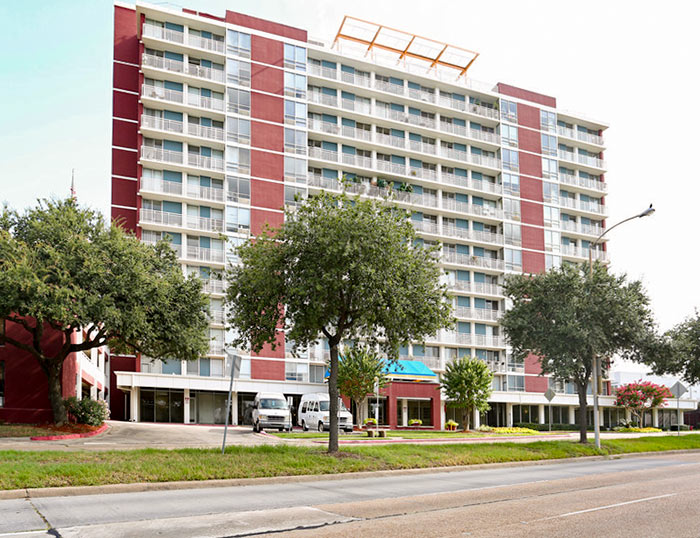
 “How quickly nature would erase the ground-level remnants of civilization should we all suddenly perish.” [
“How quickly nature would erase the ground-level remnants of civilization should we all suddenly perish.” [